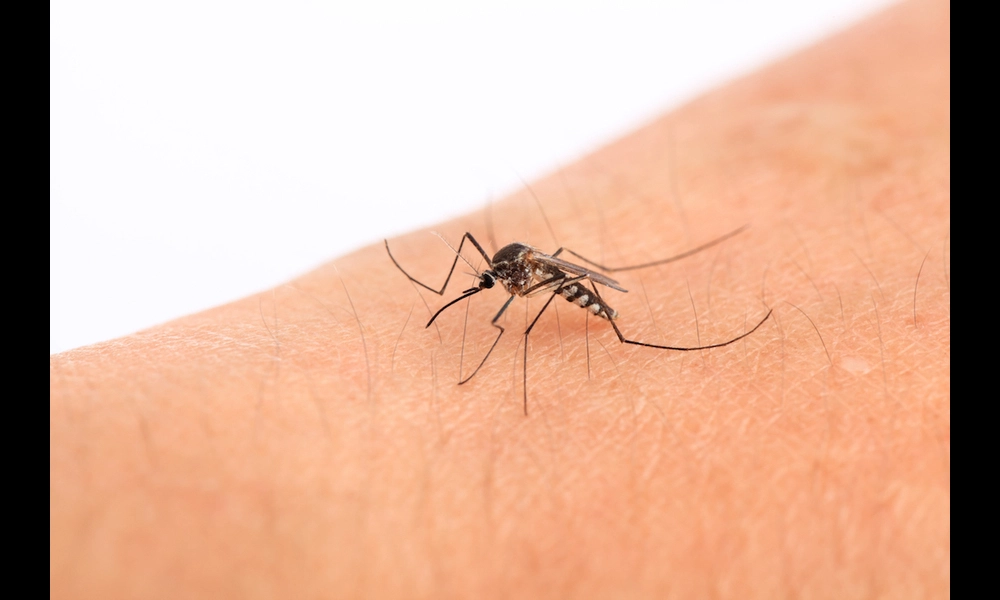Battling Malaria: Adaptive Sampling for More Accurate Monitoring
Published on Sat Jun 17 2023 mosquito | Alixo Music on flickr
mosquito | Alixo Music on flickrA new study highlights the importance of accurate assessments of vector occurrence and abundance in combatting widespread vector-borne diseases like malaria. The research specifically focuses on the Anopheles gambiae mosquito, a major malaria vector in sub-Saharan Africa. The study proposes an adaptive spatial sampling design that targets potential and uncertain An. gambiae hotspots, with the aim of improving field surveillance and control interventions.
Previous studies have shown the benefits of adaptive sampling for disease hotspot identification, but there has been limited research on its application in the field surveillance of malaria vectors. This study fills that gap by presenting a two-phase adaptive spatial sampling design. In the first phase, the researchers used ecological zone delineation and a proportional lattice with close pairs sampling design to maximize spatial coverage and representativeness of ecological zones. The inclusion of close pairs helped capture vector spatial autocorrelation.
In the second phase, a spatial adaptive sampling design was implemented, specifically targeting high-risk areas with the largest uncertainty. Although the sample size was reduced compared to the first phase, the predictions for out-of-sample and training data improved. However, the overall model uncertainty increased, underscoring the trade-off in multi-criteria adaptive sampling designs.
The findings of this study have significant implications for malaria control and elimination efforts. By using an adaptive spatial sampling design, resources can be efficiently directed towards high-risk areas with the greatest uncertainty. This targeted approach allows for more accurate assessments of vector occurrence and abundance, leading to better disease surveillance and control interventions.
The researchers highlight the need for future research to further explore these trade-offs and find ways to reduce the timescale for effective malaria control and elimination efforts. By continuing to refine and optimize adaptive spatial sampling designs, we can make significant progress in combatting malaria and other vector-borne diseases.



